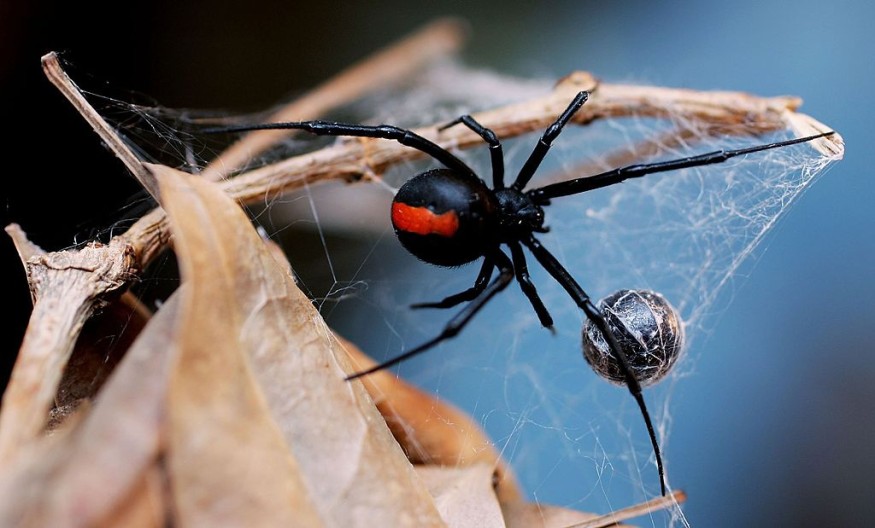It may be common knowledge that Daddy longlegs are the world's most poisonous spider species, although their fangs are extremely short of biting a person.
This then answers whether these species are the worlds' most dangerous. According to a Live Science report, the answer is "no," although a few things need to be straightened to get that answer.
First, retired research of associate entomology at the University of California, Riverside Rick Vetter said what's being called a "daddy longlegs," needs to be identified. For years already, Vetter has been busting this specific myth.
The problem is that the words "daddy longlegs" are colloquially used to denote at least three different animals, from which, on is a true spider.

'Cellar Spider'
the animal, also called the cellar spider, in the Pholcidae family. Like other spiders, this family comprises a pair of body segments, eight eyes and fangs, complete with poison ducts, as well as venom glands.
In addition, there are harvestmen, arachnids under the Opiliones order. Different from spiders, these animals are characterized by one body segment and just a pair of eyes, not to mention, they do not have venom glands, nor do they have fangs.
Vetter explained, harvestmen have small grabby mouthparts. More so, they look like tiny pinchers, and they are commonly used for tearing prey apart, dead animals, and detritus.
Lastly, in the Tipulidae family, there are crane flies. These are not arachnids, rather than insects, and their long bodies and wings make them appear like oversize mosquitoes.
Nevertheless, unlike mosquitoes, these spiders don't bite. This is because many crane fly species do not have mouthparts at all. They exist in their adult stage for only a few day days, adequate time to mate and lay eggs.
Myth Debunked
Evidently, daddy longlegs is not just one thing. Many now wonder about their poison. Crain flies don't have venom, so such a legend is simply untrue for them. Even the harvestmen don't have venom, too; they have poison.
As specified in a similar MSN New report, while venom functions by being inoculated into the target, poison works by either being ingested or through topical application.
Essentially, when harvestmen get disturbed, they either coat or spray themselves in a dark, foul-smelling chemical mixture developed to eliminate parasites and predators.
Although such a substance can kill insects and spiders, it is not the most toxic poison in the world. That then leaves with cellar spiders, the only actual spiders of the bunch.
This can bite humans. Their fangs are akin to those of the Loxosceles reclusa, more commonly known as the brown recluse, explained Vetter, which is notorious for its possibly deadly bite to humans. That's where the similarities end, though.
Not the World's Most Poisonous Spider
Also, according to Vetter, he is not aware of any publication that shows pholcid spiders are causing a poisonous effect in humans.
He added, one scientist performed some work on that, and he had a small black mark for one or two days, and went, "It's not that quite a big deal." Certainly, not the world's most poisonous spider, he continued. Analysis of venoms confirmed this.
On an episode of "Mythbusters" in 2004 that was later documented in a study in 2019, Charles Kristensen, an arachnologist, reported injecting venom in mice of either cellar spiders or black widow spiders. As a result, black-widow were found to have a much more powerful effect.
Related information about the daddy longlegs, having the deadliest spider bite is shown on Tomas Pasie's YouTube video below:
RELATED ARTICLE : Surface Properties of Spider Silk Examined; Research Reveals Web as Potential Material for Surgery and Food Packaging
Check out more news and information on Spiders in Science Times.










